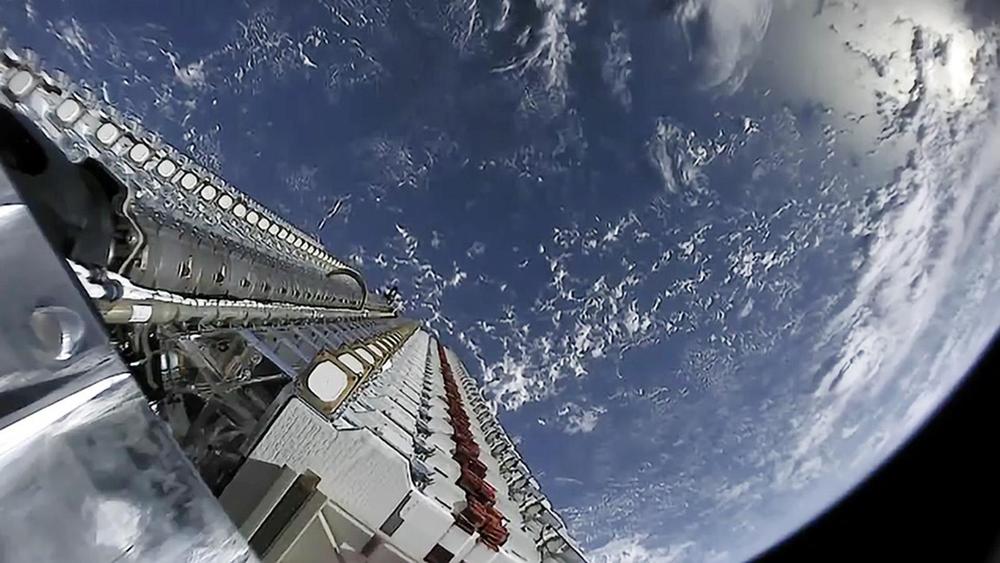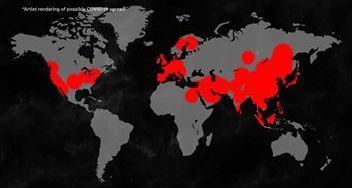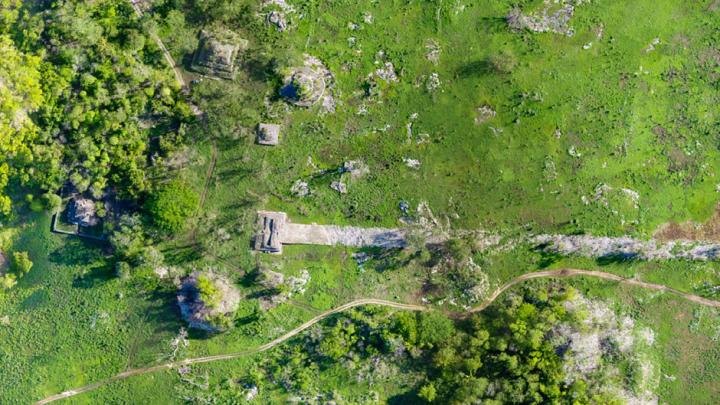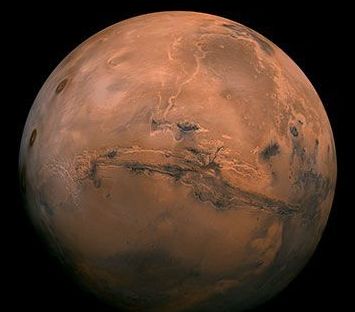Feb 25, 2020
Tissue-box-size satellite created by Rice University students to help tackle space junk
Posted by Genevieve Klien in categories: mapping, space
Rice University students are developing a research satellite to help alleviate the space junk orbiting our planet.
The OwlSat CubeSat will collect data over the course of one year to see how extreme ultraviolet radiation, which is always emitted from the sun but becomes more intense during events such as solar flares, can alter a satellite’s path in low-Earth orbit, the area where the International Space Station resides. Better understanding a satellite’s orbit can help prevent collisions that can create space junk, said Ryan Udell, president of Rice University’s chapter of Students for the Exploration and Development of Space.
“We don’t have a fool-proof way of mapping orbits,” Udell said. “There are very good predictors out there, but we can’t fully predict it.”


















